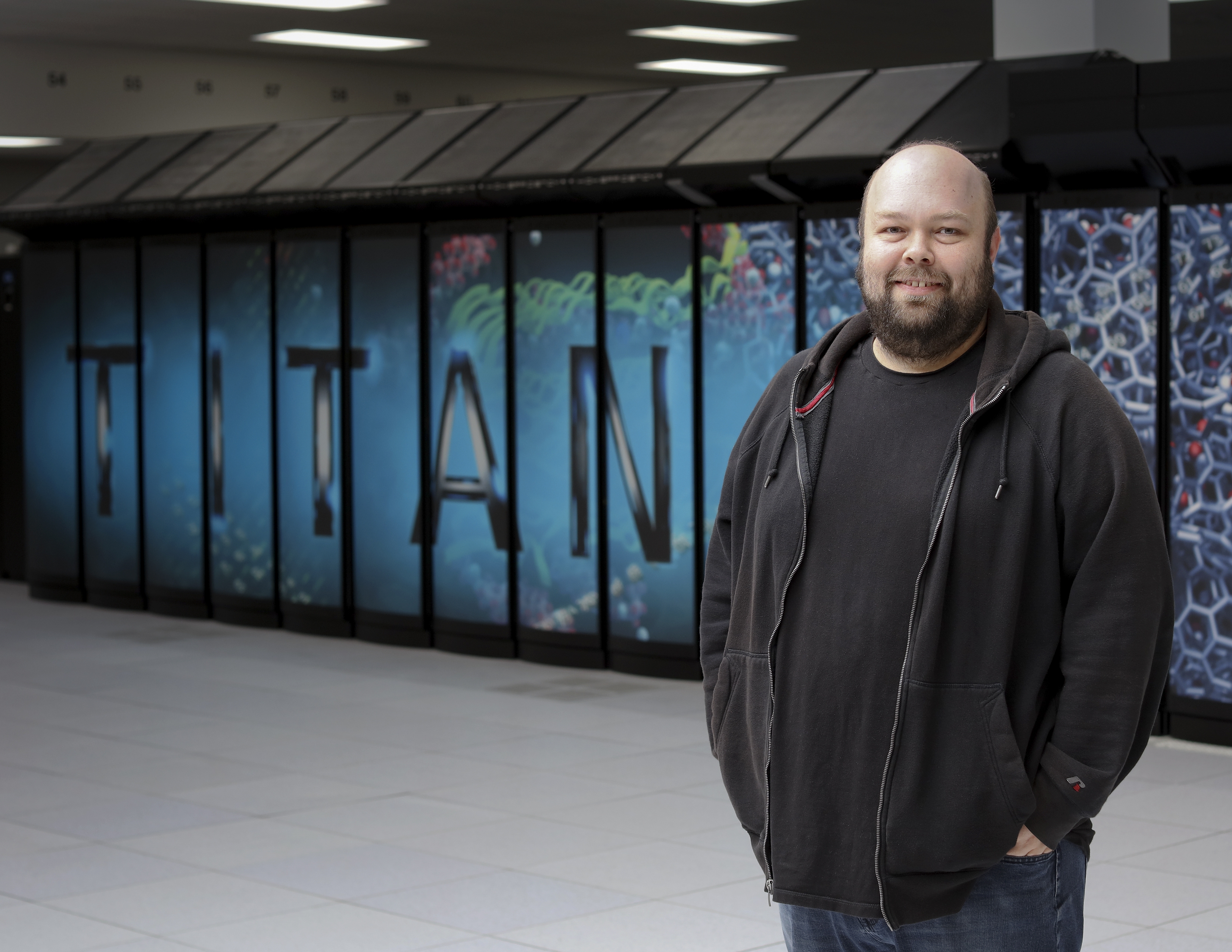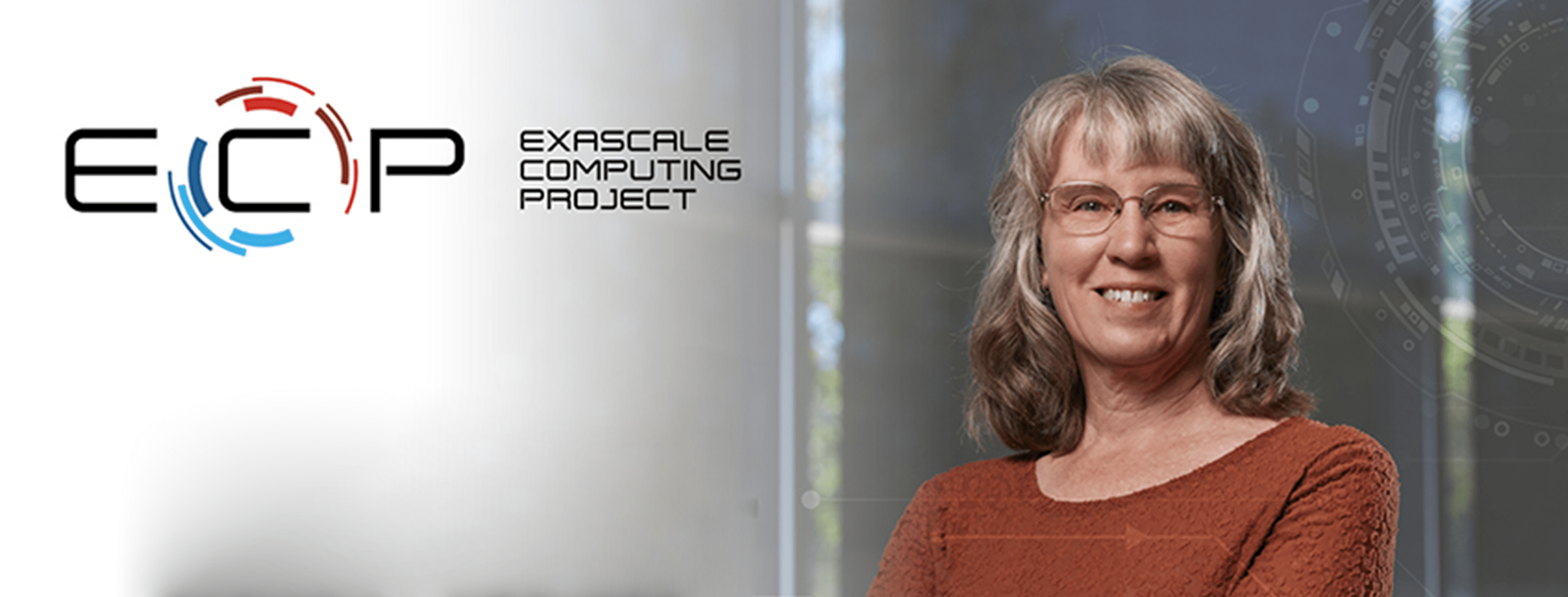The study of the atomic nucleus is important to both the subatomic world of particle physics and hands-on research in the nuclear, chemical, and materials sciences. By simulating nuclei using supercomputers, scientists can learn more than would otherwise be possible about nuclear structure and behavior. However, to advance research in this area, researchers must invent and refine methods for solving computationally intensive many-body problems, or problems with many interacting particles and forces.

Gustav Jansen, OLCF computational scientist, received honorable mention for the 2017 Hermann Kümmel Early Achievement Award for his contributions to quantum many-body theory.
For his “seminal contributions to our understanding of many-body theories, in particular for the development of multi-reference coupled-cluster theory and for consistent derivations of many-body operators for nuclear systems,” Gustav R. Jansen of the Oak Ridge Leadership Computing Facility (OLCF) has been awarded honorable mention for the 2017 Hermann Kümmel Early Achievement Award in Many-Body Physics. The OLCF is a US Department of Energy (DOE) Office of Science User Facility located at DOE’s Oak Ridge National Laboratory.
The award “for young physicists whose published work is a significant contribution to quantum many-body theory” will be presented at the International Advisory Committee for the Recent Progress in Many-Body Theories conference in South Korea in June.
Jansen’s work impacts a community of high-performance computing users across physics domains, including nuclear structure, atomic physics, and condensed matter.
“Gustav overcame substantial technical leadership computing challenges in the implementation of coupled-cluster theory for neutron-rich nuclei,” said David Dean, director of the ORNL Physics Division. “His efforts resulted in a significant expansion in our understanding of very neutron-rich nuclei that are produced in stellar explosions and neutron star mergers. Coupled-cluster techniques continue to propel nuclear scientists toward a predictive theory of all nuclei.”
In a series of papers in Physical Review C and Physical Review Letters that Jansen co-authored, he and colleagues demonstrated that a coupled-cluster method previously used only in the field of quantum chemistry could be applied to nuclear structure. They used this theory to study unanswered questions in nuclear structure research and to extend the reach of nuclear many-body methods by scaling the method to larger, more interesting system sizes such as isotopes of calcium and nickel.
The two-particle-attached equation-of-motion coupled-cluster theory is a system of methods to approximately solve the many-body Schrodinger equation, the mathematical description of quantum mechanical systems. The results can be improved upon systematically, ensuring that calculations are precise enough for the research applications for which they are being used.
The other method for which Jansen is being recognized—the coupled-cluster effective interaction method—introduces another layer of approximation that enables more complex nuclei to be modeled by treating a group of densely packed particles in a nucleus as a single entity—as if you were to squeeze an oxygen-16 nucleus (made of 16 particles) from a magnesium-24 nucleus (made of 24 particles), turning a 24-body problem into an 8-body problem.
“We are constantly pushing our methods and theory to bigger and bigger computers so we can study not just the structure of nuclei but also how they react to each other,” Jansen said. “Over the last 10 to 15 years, nuclear physicists have gone from simulating 10 particles to over 100 particles using these kinds of methods.”
Oak Ridge National Laboratory is supported by the US Department of Energy’s Office of Science. The single largest supporter of basic research in the physical sciences in the United States, the Office of Science is working to address some of the most pressing challenges of our time. For more information, please visit science.energy.gov.






